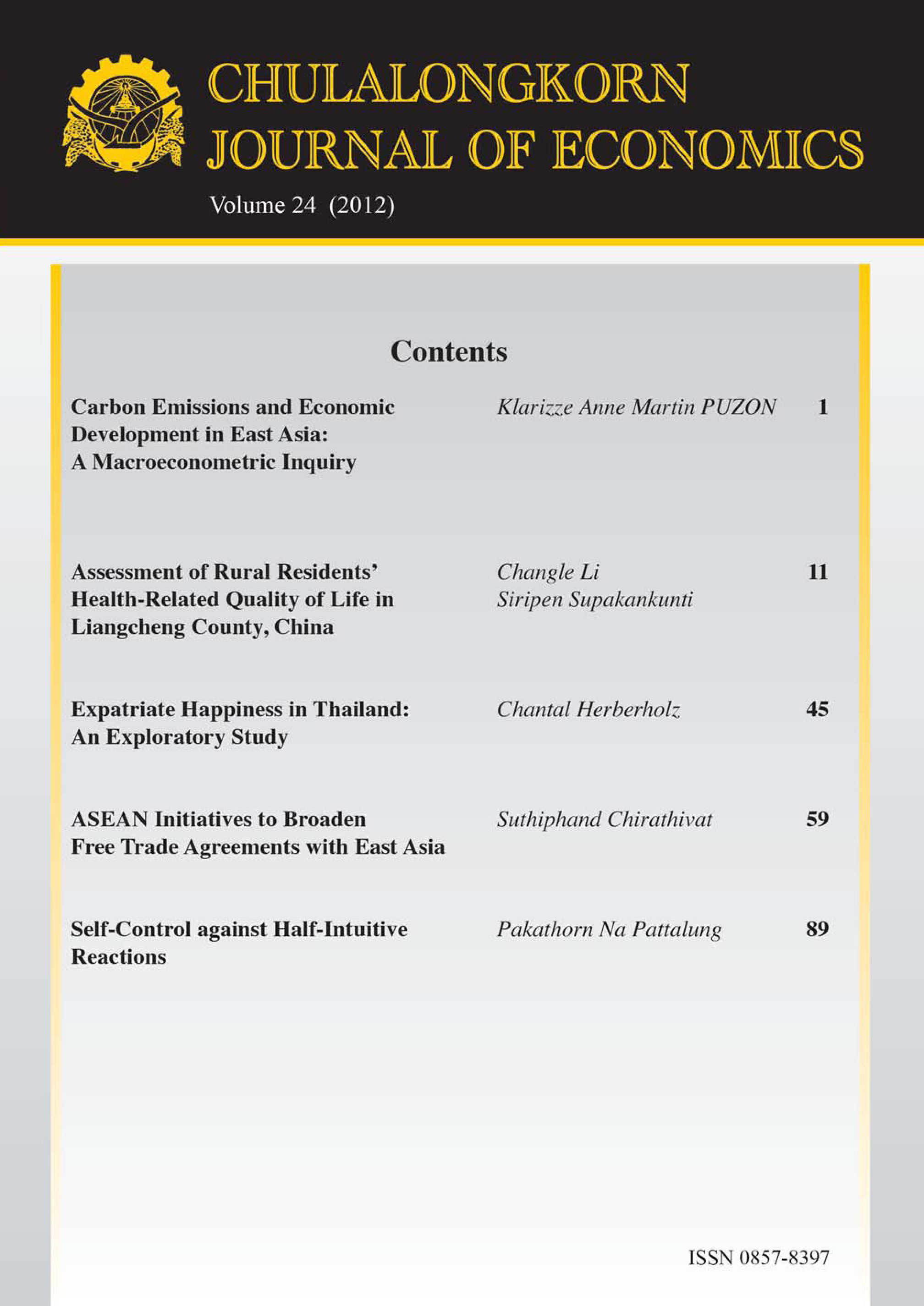Are Insurance Firms Exposed to Foreign Exchange Rate Fluctuations? Evidence from Insurers in the Asia-Pacific
Keywords:
Foreign Exchange Exposure, Insurance, Asia-PacificAbstract
This study investigates the hypothesis that publicly traded insurance companies in the Asia-Pacific region are exposed to foreign exchange rate fluctuation. Despite the fact that the insurers in the sample are mostly domestic firms, the results show that the exchange rate exposure of many insurance firms in the sample is statistically significant. Empirical evidence also reveals that the relation between stock returns and foreign exchange rates differs systematically across nations. Further, the extent to which an insurer is exposed to exchange rate fluctuations is related to variables that are proxies for hedging activities. It is documented that large insurers tend to have low foreign exchange exposure. There is also a negative relation between dividend payout and foreign exchange exposure. Financial leverage is positively related to exchange rate exposure. The finding represents the first empirical evidence of the effect of foreign exchange rate movements on risk and valuation of insurance firms in the Asia- Pacific.
Downloads
Published
How to Cite
Issue
Section
License
The submission of a manuscript implies that the paper is an original work and has not been published elsewhere. The author(s) authorize the journal to reproduce or distribute the paper in printed or other electronic forms.







